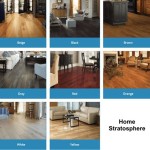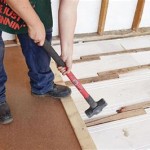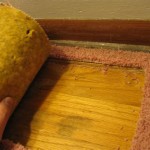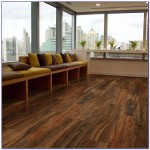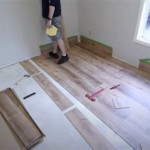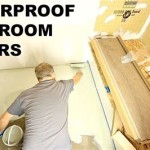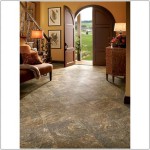Engineered Plywood Flooring: The Perfect Combination of Durability and Style
Engineered plywood flooring has gained immense popularity in recent years as a preferred choice for both residential and commercial constructions. It offers an exceptional blend of durability, style, and versatility, making it a practical and aesthetically pleasing option for any interior design. In this article, we will delve into the essential aspects of engineered plywood flooring, highlighting its advantages and applications.
Composition and Construction
Engineered plywood flooring comprises multiple layers of high-quality plywood, with a real wood veneer on top. The core layers are typically made from durable and stable woods such as spruce, pine, or birch, ensuring structural integrity. The veneer, available in a wide range of species and finishes, provides the desired aesthetic appeal and authentic wood texture. This multi-layer construction enhances the flooring's dimensional stability and resistance to warping or cupping.
Durability and Performance
Engineered plywood flooring is renowned for its exceptional durability and resilience. The multi-layer construction provides inherent strength and stability, making it well-suited for high-traffic areas and commercial spaces. Its resistance to wear and tear, scratches, and indentations makes it a practical choice for homes with pets or active families. Additionally, engineered plywood flooring is moisture-resistant, making it suitable for areas prone to humidity or occasional spills.
Versatile Design Options
Engineered plywood flooring offers a vast array of design options to complement any interior decor style. The real wood veneer comes in a wide selection of species, including oak, maple, walnut, and cherry, each with its distinctive grain patterns and color variations. From traditional to contemporary designs, engineered plywood flooring can mimic the look of solid hardwood flooring while providing a cost-effective and practical alternative.
Easy Installation and Maintenance
Compared to solid hardwood flooring, engineered plywood flooring is relatively easy to install. It can be installed using either a nail-down or glue-down method, making it suitable for both DIY enthusiasts and professional installers. The pre-finished surface eliminates the need for sanding or staining after installation, saving time and effort. Maintenance is equally straightforward, requiring regular sweeping or vacuuming and occasional damp mopping with a wood floor cleaner.
Environmental Sustainability
Engineered plywood flooring is an environmentally conscious choice as it utilizes less valuable hardwood resources compared to solid hardwood flooring. The multiple layers of plywood in the core provide structural integrity, allowing for a thinner veneer layer. This approach helps preserve natural resources while maintaining the desired aesthetic appeal.
Conclusion
Engineered plywood flooring represents a perfect balance of durability, style, and versatility, making it an ideal choice for both residential and commercial flooring applications. Its multi-layer construction ensures dimensional stability and resistance to wear and tear, while the real wood veneer provides an authentic and visually appealing finish. With a wide range of design options and easy installation, engineered plywood flooring offers a practical and aesthetically pleasing solution for any interior design vision.

Engineered Wood Flooring Styles Direct Blog

What Is Engineered Wood Flooring Made Of And Beyond Blog

What Is Engineered Wood Flooring Made Of And Beyond Blog

Best Engineered Wood Flooring Of 2024 Forbes Home

The 15 Best Engineered Wood Flooring Brands Reviews 2024 Floorings

Engineered Wood Flooring Advice Luxury Furnishings

Engineered Wood Flooring Pros And Cons Forbes Home

Real Wood Floors Made From Plywood

6 Benefits Of Oil Finished Engineered Wood Floors

Engineered Wood Vs Solid Hardwood
See Also
